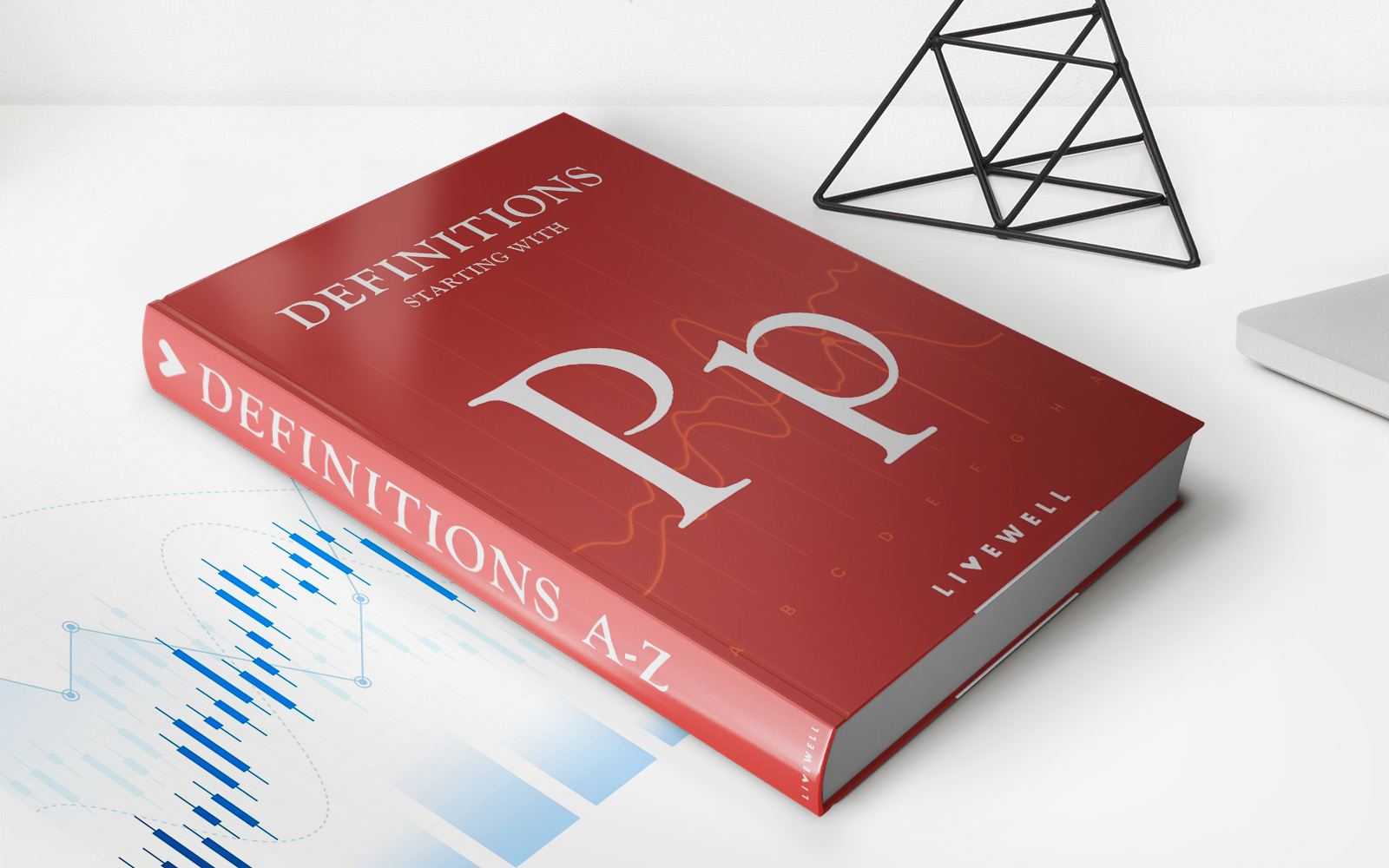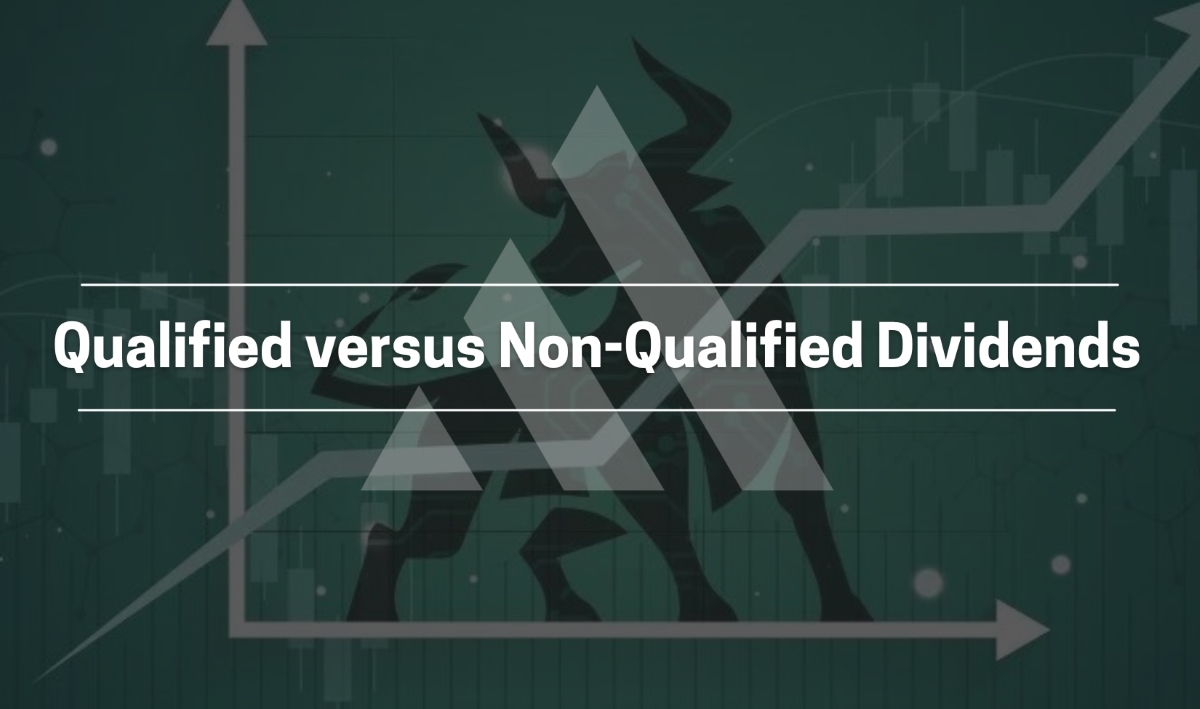

Finance
Non-Fluctuating Definition
Published: December 31, 2023
Discover the true essence of non-fluctuating finance with our comprehensive definition. Gain insights into the stable nature of financial markets and investment strategies.
(Many of the links in this article redirect to a specific reviewed product. Your purchase of these products through affiliate links helps to generate commission for LiveWell, at no extra cost. Learn more)
Non-Fluctuating Definition: A Guide to Stable Financial Solutions
Are you looking for stable financial solutions? The world of finance can be overwhelming with its ups and downs, but there are strategies that can help you maintain a steady course. In this blog post, we will explore the concept of non-fluctuating definition and provide insights on how it can benefit your financial journey.
Key Takeaways:
- Non-fluctuating definition refers to financial choices and strategies that prioritize stability and minimize volatility.
- By adopting non-fluctuating approaches, you can safeguard your financial well-being and reduce the risks associated with market fluctuations.
Understanding Non-Fluctuating Definition
In simple terms, non-fluctuating definition in finance refers to strategies and practices that aim to minimize the impact of market volatility on your financial portfolio. Rather than chasing high-risk, high-reward investments, non-fluctuating definition focuses on stability and consistent returns. It emphasizes the importance of maintaining a steady flow of income, preserving capital, and avoiding excessive exposure to unpredictable market shifts.
Non-fluctuating definition is particularly relevant in today’s uncertain economic climate, where unexpected events can have a significant impact on financial markets. By adopting non-fluctuating approaches, individuals and businesses can safeguard their financial well-being and mitigate potential risks.
The Benefits of Non-Fluctuating Approaches
Now that we understand the concept of non-fluctuating definition, let’s explore some of the benefits it offers:
- Stability: Non-fluctuating approaches provide a sense of stability and peace of mind, knowing that your finances are not vulnerable to sudden market swings.
- Security: By focusing on stable investments with lower volatility, you can minimize the risk of losing large amounts of money due to market downturns.
- Predictable Returns: Non-fluctuating strategies often prioritize fixed-income investments and assets that provide steady, predictable returns over time.
- Long-Term Planning: Adopting non-fluctuating approaches allows for better long-term financial planning, making it easier to achieve your goals and objectives.
Implementing Non-Fluctuating Definition in Your Finances
Now that you understand the benefits of non-fluctuating approaches, you might be wondering how to implement them in your financial journey. Here are some practical steps to get you started:
- Assess Your Risk Tolerance: Understand your personal risk tolerance and assess the level of volatility you are comfortable with. This will help you determine the right balance between stability and potential returns.
- Diversify Your Portfolio: Spread your investments across a mix of asset classes, such as stocks, bonds, and real estate. This diversification can help mitigate the impact of market fluctuations.
- Invest in Stable Assets: Consider investing in assets that provide steady income, such as government bonds, dividend-paying stocks, or rental properties. These can offer a reliable source of returns and help protect your portfolio.
- Build an Emergency Fund: Set aside an emergency fund to cover unexpected expenses or income disruptions. This will provide a safety net during times of financial instability.
- Work with a Financial Advisor: Seek professional advice from a financial advisor who specializes in non-fluctuating strategies. They can provide personalized guidance based on your financial situation and goals.
By implementing these steps, you can proactively embrace non-fluctuating definition in your financial decision-making process and set yourself up for long-term stability.
In conclusion, non-fluctuating definition in finance prioritizes stability, security, and predictable returns over high-risk investments. By adopting these approaches, you can protect your financial well-being and navigate through uncertain economic times. Remember to assess your risk tolerance, diversify your portfolio, invest in stable assets, build an emergency fund, and seek professional advice. By following these steps, you can achieve financial stability and peace of mind.














